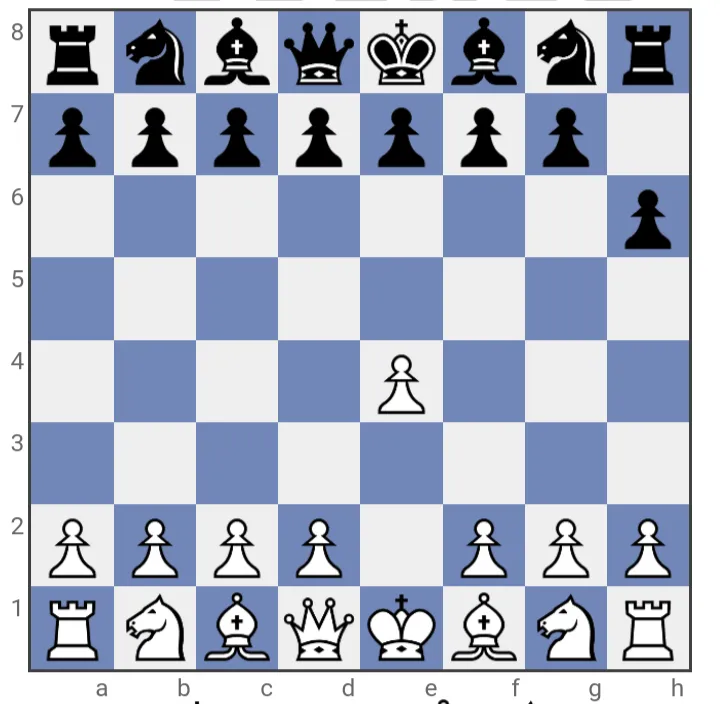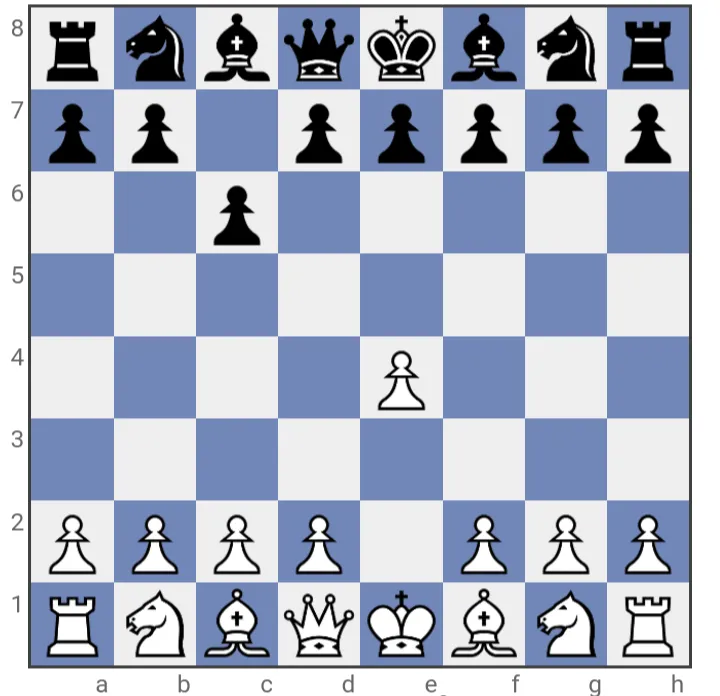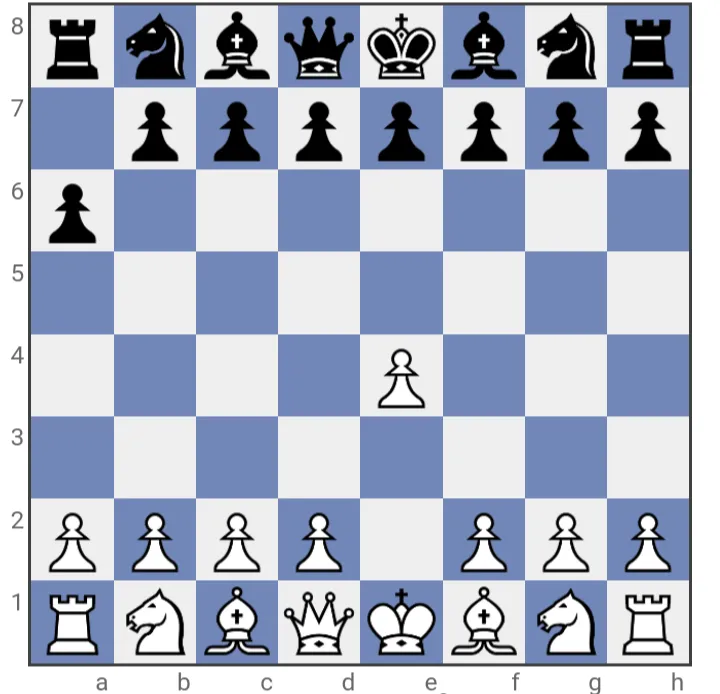In the intricate world of chess, where every move counts, there exists a hidden dimension of strategy known as “tempo.” It’s a term that may sound unfamiliar to novice players, yet it holds the key to unlocking a higher level of mastery in the game. Understanding tempo and learning to harness its power can be a game-changer. In this blog post, we’ll delve into the concept of tempo in chess and explore how you can use it to your advantage on the board. So, let’s embark on this chess adventure and discover the subtle art of gaining tempo in your games.
This post contains affiliate links. Please read our disclosure.
The Art of Gaining Tempo
Now that we’ve grasped the essence of tempo, it’s time to delve into the practical aspects of how to gain and use it to your advantage on the chessboard. Gaining tempo isn’t merely about moving quickly; it’s about making moves that disrupt your opponent’s plans while advancing your own.
One of the most common ways to gain tempo is through piece development. Consider the opening moves of a typical chess game. Developing your Knights and Bishops to active squares not only prepares your pieces for action but also exerts pressure on your opponent.
For example, let’s look at the opening moves 1.e4 e5 2.Nf3 Nc6 3.Bb5, known as the Ruy Lopez. White’s move 3.Bb5 not only pins the black Knight on c6 to the King but also develops a piece. This move gains tempo by forcing Black to respond, perhaps with 3…a6 or 3…Nf6, rather than advancing their position. White is effectively dictating the flow of the game.
Another way to gain tempo is through threats and tactics. Suppose you see an opportunity to threaten your opponent’s pieces or initiate a tactic that forces them to respond. This can lead to a tempo gain. Let’s examine a simple example:
Example 1: In the following position, White can gain tempo by playing 1.Nxe5. This move simultaneously attacks the black Queen and opens up an attack on the f7 square, putting pressure on the black King’s position.

Black must respond with 1…Qe7 or 1…Qh4 to defend against the threats. In either case, White has gained tempo by forcing Black to react defensively.
It’s important to note that gaining tempo doesn’t always involve making aggressive moves. In some cases, a quiet move that improves your position while waiting for your opponent to make a commitment can also be a tempo-gaining strategy.
The Sacrifice of Tempo
While gaining tempo is a powerful concept, there are situations in which sacrificing tempo strategically can be equally beneficial. Sacrificing tempo often involves making moves that appear passive or even counterproductive in the short term but create long-term advantages or disrupt your opponent’s plans.
Example 2: Consider the opening moves of the Sicilian Defense: 1.e4 c5. Black’s second move, 1…c5, doesn’t develop a piece or control the center immediately. Instead, it indirectly challenges White’s central control by aiming for a Pawn exchange. This move sacrifices tempo in favor of a long-term strategy to undermine White’s center.
In this example, Black is willing to delay piece development momentarily to challenge White’s central control, which can lead to a more favorable position later in the game.

Another scenario where sacrificing tempo can be strategic is in Pawn breaks. Sometimes, you may choose to delay piece development to prepare for a Pawn break that opens up the position in your favor. This delayed action can disrupt your opponent’s plans and create opportunities for a breakthrough.
Example 3: In this position, Black can sacrifice tempo by playing 1…d5. While this move doesn’t develop a piece, it challenges White’s central Pawn on e4 and opens up the position for Black’s pieces to become more active.

5 Tips for Improving Tempo in Chess
1. Develop Your Pieces Efficiently
Efficient piece development is crucial for gaining tempo. Prioritize Knights and Bishops in the opening, and aim to control the center of the board. Develop your pieces harmoniously to avoid unnecessary Pawn moves that waste time.
2. Look for Tactical Opportunities
Always be on the lookout for tactical opportunities that can help you gain tempo. Pin your opponent’s pieces, create threats, and utilize tactics like forks, pins, and skewers to force them into a defensive posture.
3. Understand Opening Principles
Study opening principles to gain an advantage in the early game. Control the center with Pawns and pieces, castle early to safeguard your King, and avoid moving the same piece multiple times in the opening unless there’s a compelling reason to do so.
4. Recognize Pawn Breaks
Identify Pawn break opportunities that can disrupt your opponent’s position. Delayed Pawn breaks, such as d5 or e5, can open up the position and gain tempo by forcing your opponent to react.
5. Anticipate Your Opponent’s Moves
Think ahead and anticipate your opponent’s moves. Try to predict their plans and counter them effectively. This can be a way to put pressure on their position and gain tempo as they react to your strategic moves.
Recognizing Tempo Opportunities
1. When Your Opponent Makes Passive Moves
If your opponent makes passive or non-developing moves, it’s often a sign that you can seize the initiative and gain tempo. Look for opportunities to capitalize on their lack of piece activity.
2. After Successful Tactics
When you execute successful tactics that force your opponent to move a piece defensively, you’ve gained tempo. Use this advantage to further your position or continue applying pressure.
3. In Open Positions
Open positions with fewer Pawn chains and more open lines often present better opportunities to gain tempo. Your pieces can move more freely, and tactics are more likely to surface in open positions.
4. During King Safety Concerns
If your opponent’s King safety is compromised, you can often gain tempo by launching an attack. Their need to defend their King can divert their attention and resources from other areas of the board.
5. When Your Pieces Coordinate Effectively
Effective coordination of your pieces can create tempo opportunities. When your pieces work together harmoniously to control the board or target weak points in your opponent’s position, you’re gaining tempo by maximizing your piece activity.
Conclusion
Tempo is not just about moving quickly; it’s about making moves that disrupt your opponent’s plans while advancing your own. Throughout this journey, we’ve explored the intricacies of tempo in chess, from its definition to practical applications. Mastering this subtle art can lead you to success on the chessboard and bring new dimensions to your enjoyment of the game. May your own every move be filled with purpose and tempo!